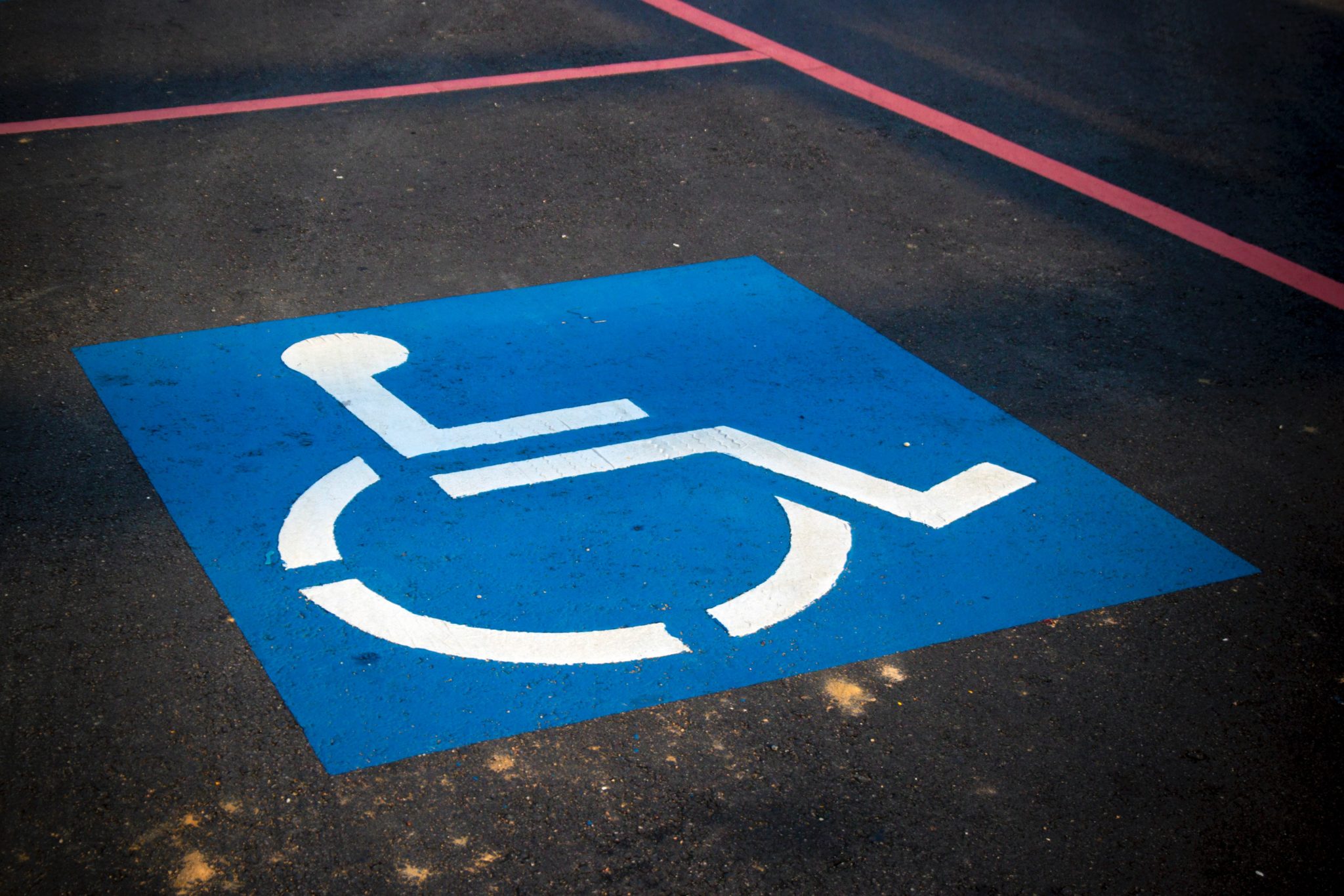Do you have one of the following goals? Run for office Recruit women to…
1 in 4 have a disability – it’s time to see more in public office

How many disabled legislators serving in elected office can you name off the top of your head?
Most of us can’t name more than a few legislators with disabilities, especially women legislators with disabilities, and now we know the reason why: according to recent study by Rutgers University professors Lisa Schur and Douglas Kruse, only one in 10 elected officials has a disability (in a sample size of 37,000 elected officials). There is also a gender gap, with disabled men serving at a rate of 11.4% and disabled women at a rate of 8.3%.
Why does this matter? According to the Centers for Disease Control, one in four U.S. adults has a disability. People with disabilities exist across all genders, races, economic classes, and age groups, and anybody can become disabled at any point in their life. Millions of Americans with disabilities live in the United States, and we need representation in government so that our voices can be heard on every issue, from health care and affordable accessible housing, to education and employment, to civil rights.
People with disabilities who serve as legislators have a tangible impact on disability policy. In 2018, Senator Tammy Duckworth took action to protect the Americans with Disabilities Act, one of the most important pieces of civil rights legislation for people with disabilities. The ADA Education and Reform Act (H.R. 620) was a piece of legislation that concerned many people with disabilities, as it would have changed the process for enforcement of the Americans with Disabilities Act. Despite protests by the disability community, the House of Representatives passed the bill. Senator Duckworth organized 42 colleagues to write the Senate Majority Leader a letter pledging to block a vote on the legislation in the Senate, and the bill was never brought to a vote there.
Although people with disabilities are able and willing to serve in elected office, there are significant barriers to running a campaign. Not only does ableism, or prejudice towards people with disabilities, impact how voters may perceive candidates with disabilities, but there are access barriers throughout campaigning. It can be a challenge to figure out how to canvas a neighborhood in a wheelchair user, or to convince your party to hire a sign language interpreter for a local party forum.
These access barriers do not end with campaigns. Rhode Island Congressman Jim Langevin is the first quadriplegic to serve in Congress, and he became the first Representative in a wheelchair to preside over the House of Representatives, but only after the Speaker’s rostrum was outfitted with a hydraulic wheelchair lift and House woodworkers made a specially crafted gavel for the Congressman.
We know that people with disabilities are underrepresented in elected office. That’s why I created Elevate: Campaign Training for People with Disabilities, the first training program dedicated to teaching people with disabilities to run a campaign. Now, we can begin the work of empowering people with disabilities from all backgrounds and political parties to take their leadership to the halls of government.






